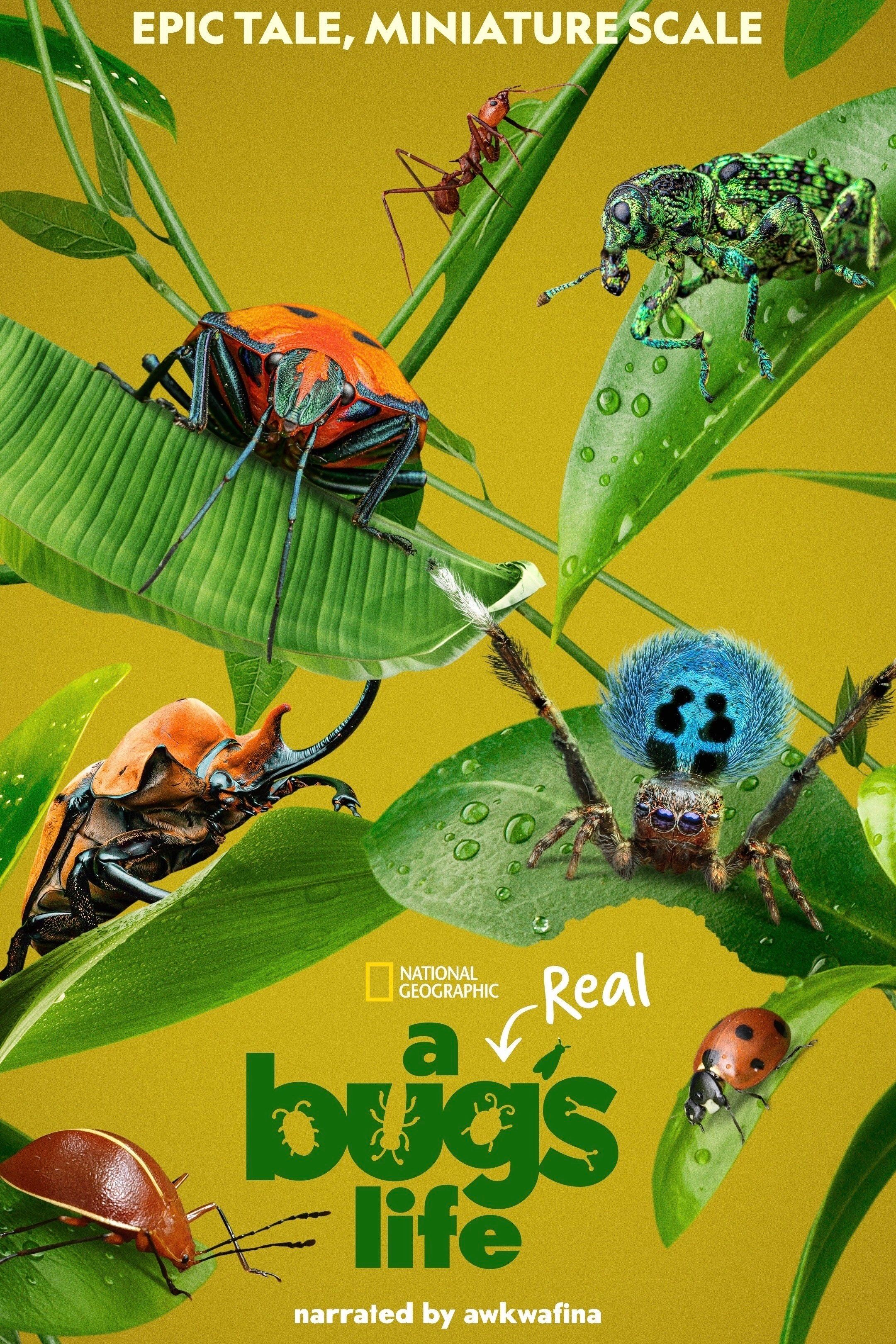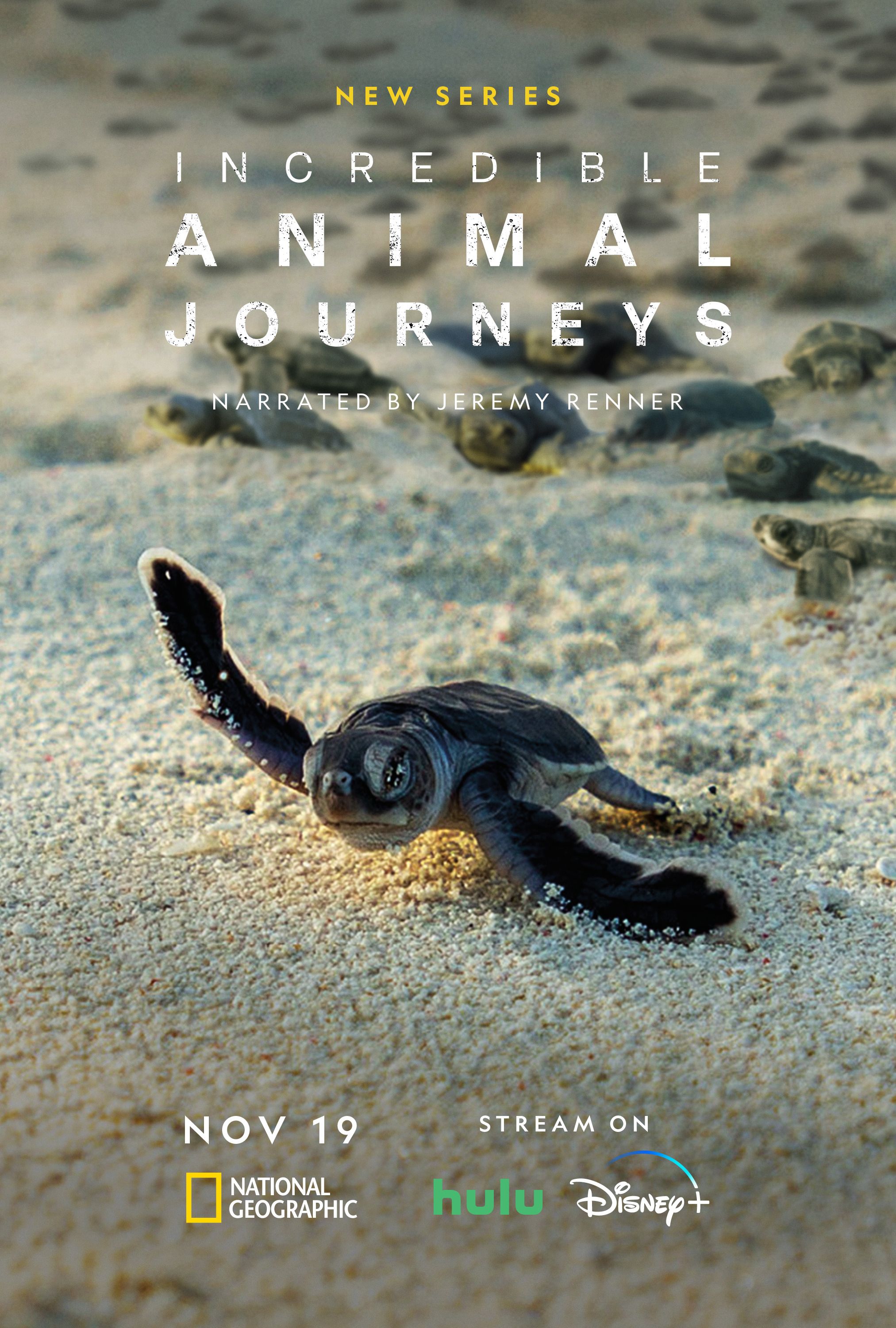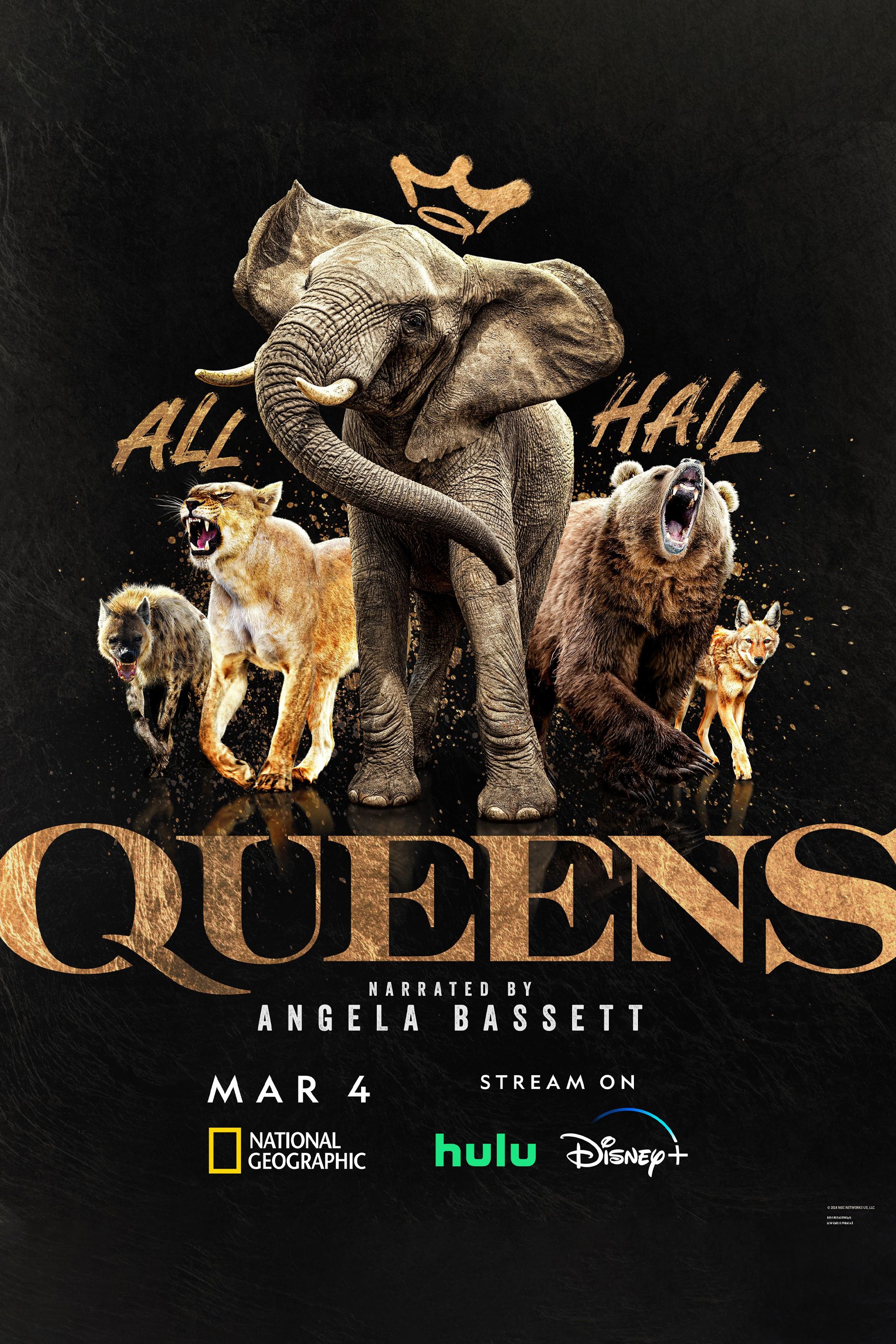
A National Geographic Adventure: Exploring Tanzania With Queens
Summary
- Screen Rant’s Rob Keyes embarked on a journey to Tanzania, Africa with National Geographic to explore Arusha, Serengeti, and the Ngorongoro Crater.
- Witnessed stunning wildlife in lush greenery, experienced local culture and amazing accommodations, while exploring diverse ecosystems.
- Interacted with top natural history documentarians and expert filmmakers, immersed in breathtaking landscapes for groundbreaking TV shows.
Over five years ago while visiting Yellowstone National Park with National Geographic to go behind-the-scenes on Yellowstone Live the team shared stories of past worldly adventures related to other natural history programming and teased ideas for the future. The possibility of visiting Africa with the greatest natural history documentarians in the world seemed like the stuff of dreams.
One pandemic and a historical acquisition by Disney later (Nat Geo was majority-owned by 21st Century Fox at the time), and I’m offered the opportunity to do just that. In December I embarked on the journey of a lifetime to Tanzania, Malaria prophylaxis pills in hand due to my relationship with mosquitoes.
There were three legs to this journey and National Geographic organized enough time to spend two days in each region: Arusha, Serengeti, and the Ngorongoro Crater. These areas offered a glimpse into the real-world locations seen in Nat Geo TV shows A Real Bug’s Life, Incredible Animal Journeys, and Queens.
Arusha
The Arusha Coffee Lodge and visiting the Arusha Cultural Heritage Centre
The trip began with a lengthy multi-leg journey from Canada to Tanzania where we landed at Kilimanjaro International Airport and took a drive to the Arusha Coffee Lodge. Arusha is known as the safari capital of Tanzania and this coffee plantation located at the base of Mount Meru is lush with greenery. It’s very late when we arrived so it’s straight to bed in my own Plantation House, bug net and bag of Nat Geo supplies included, and a snail the size of a baseball on the front step. In the morning, I awaken to beautiful, sunny weather highlighting the coffee plants but it’s the sight of monkeys on top of some other other houses that capture my attention.
Vervet monkeys populate the area, and are known to sneak into plantation houses if guests are not careful in closing their doors. The same for daring to leave food on any of the outdoor tables, though I suspect they may get inside the main house eating area as well given how on my second morning at the Arusha Coffee Lodge, one curious Vervet monkey nearly followed me in. Take a peek at that one looking down at me in the gallery above! Less common are baboons who we’re told by the staff can “wreak havoc” on the plantation on rare occasions.
While here for our first full day in Africa we screened an episode of A Real Bug’s Life (narrated by Awkwafina) and interviewed Executive Producers Bill Markham and Martha Holmes over a remote video call and later in the day watched the “Savanna Queens” episode of Queens. Queens, of the three shows, is the big one and joining us on our journey for the week were Queens showrunner and writer Chloe Sarosh and Queens Director of Photography Sophie Darlington. They were able to screen multiple episodes for us during the trip, but more on them later!

A Real Bug’s Life
A Real Bug’s Life is a Nat Geo original series exploring some of the world’s most unique bugs and how their extraordinary abilities help them survive. A Real Bug’s Life is narrated by Awkwafina and premiered in January 2024.
In between screenings we also visited the Arusha Cultural Heritage Centre, home to one of the world’s largest collections of African art including one particularly standout piece that stands 19-feet tall, a family tree carved from ebony wood and the only item not for sale.
After returning to the lodge we enjoyed a guided tour of the plantation to see how the local coffee plants are cared for before participating in roasting, grinding, and tasting the freshest coffee imaginable. We even crossed paths with a large and mysterious hole that had just been burrowed through by an aardvark.
The next day began with an early morning ride to Arusha Airport where Nat Geo had arranged a charter flight to the Seronera Airstrip in Serengeti. It was time for some safari adventures!
Serengeti
Four Seasons Serengeti and Serengeti National Park
Since it’s December when we explored Tanzania it was the short rains season and the Serengeti plains were lush with greenery and wildlife. Even on the drive from the airstrip to the lodge, it was impossible to drive minutes without seeing large groupings of wildlife. On that drive in alone we saw Tawny eagles, Topi, impalas, gazelles, dik-dik, warthogs, hippos, guineafowl, giraffes, buffalo, baboons, giraffes, elephants (in the distance), secretarybirds, openbill storks, elands, kongoni, northern white-crowned shrike, and more, alongside many, many large termite mounds.
And what made our time in Serengeti, and later in the Ngorongoro Conservation Area, so special was that all our many game drives around Serengeti we were accompanied by Queens showrunner and writer Chloe Sarosh and Director of Photography Sophie Darlington – the latter of whom spent years living in the region and shared the most amazing stories and knowledge, noting that Queens is something special:
“I’ve been filming for 35 years and [Queens] is the best thing I’ve ever worked on because it’s not just the filming, it’s so much more. It’s the legacy.”
Upon arrival at the Four Seasons Serengeti, where from my room I could see zebras and water buffalo and where guards escort guests to and from their room due to wildlife concerns (hyenas have found their way into the compound and a leopard once explored the hotel lobby I was told), we screened an episode of Incredible Animal Journeys and chatted with showrunner Sarah Gibbs about the series and how they worked with Disney to bring in Jeremy Renner as the narrator. Gibbs explains that “part of the ambition when making a series for Nat Geo or Disney is that they want you to get stuff you’ve never seen before.”
During production of Incredible Animal Journeys, 127 days of footage were captured across three years and seven continents, including an astounding four “world first” moments such as a humpback whale birth. Another, more gripping example, is how they observed true altruistic behavior where a whale, out of kindness and empathy, fended off tiger sharks and stayed with another whale that was tangled in a net, lifting her to the surface and staying with her until she passed.

Incredible Animal Journeys
Incredible Animal Journeys is a nature documentary narrated by Jeremy Renner. The Nat Geo series premiered on Hulu and Disney Plus in November 2023 and focuses on different animals’ journeys as they prove that humans are far from the greatest explorers the world has ever seen. Incredible Animal Journeys document different species as they travel thousands of miles around the world to find food, mates, and safety.
Incredible Animal Journeys used as much local crew as possible to reduce the impact of the production and for the show to be possible they deployed the latest in tracking technology to observe the migrations of various animal species, even sharing footage and data with scientists. Note the years of work invested to sharing this story and this knowledge. This brings us to Queens, a project that took even longer and involved investing in mentoring and developing local and female filmmakers and storytellers. We screened another episode of Queens while in Serengeti, but over our two days there, we spent most of the hours on multiple game drives to ensure we could witness wildlife at sunrise, during the mid-day heat, and in the cooler evenings as it got dark.
Serengeti Safari Wildlife Photos
Below are select images from our many game drives in Serengeti, with photos provided by Dean Bell (The Bachelorette, Bachelor in Paradise) and myself.
It’s difficult to identify highlights because there were so many breathtaking moments along the journey, from finding a leopard avoiding the heat high up in a tree and seeing a massive bloat of hippos enjoying the water, to watching hyenas and lions play with their young, and of course, seeing an elephant matriarch lead her family of 20 right up to us and through our safari vehicles, even stopping to splash mud at us. Somehow, our two days in Serengeti topped our experience in Arusha. But it gets better.
Ngorongoro Crater
Ngorongoro Conservation Area, the Crater Lodge, and a Maasai Boma
For the final leg of the journey we returned to Seronera Airstrip for a charter flight to Lake Manyara Airstrip where we were welcomed by a group of vehicles and guides who took us on a lengthy and breathtaking journey into the Ngorongoro Conservation Area and up to the top of the Ngorongoro Crater. This magical vista is the world’s largest inactive volcanic caldera and its unfilled interior is sprawling with wildlife, home to over 25,000 animals including all of the “big five.” The walls are steep, some reaching 8000 feet above sea level.
We stayed at the Ngorongoro Crater Lodge on the rim of the crater, known to some as the “game lodge at the top of the world” and it has the most amazing view. Due to altitude, there are thankfully no mosquitoes and we could sleep without a bug net. The huts we stay in are large, classical, something from a fantasy bolstered by a view directly into the crater. There’s evan a leather-bound collection of National Geographic magazines from the ’80s in the room. The main house has a telescope to look directly into the crater. We can see flamingos and rhinos in the distance.
What are Africa’s Big Five?
|
Species |
Locations |
|---|---|
|
African Lion |
Serengeti National Park, Ngorongoro Crater, Lake Manyara National Park and Ruaha National Park. |
|
African Leopard |
Serengeti National Park, Ngorongoro Crater, and Ruaha National Park |
|
African Elephant |
Serengeti National Park, Ngorongoro Crater, Tarangire National Park, Ruaha National Park |
|
Cape Buffalo |
Serengeti National Park, Ngorongoro Crater |
|
Rhinoceros |
Serengeti National Park, Ngorongoro Crater |
Like in Serengeti, there are escorts (here, the local Maasai warriors) to and from our rooms which is required after dark as even up here in the clouds, water buffalo, elephants, and other large animals can graze past our huts and pick fruit off the nearby trees. In our final days in Tanzania, we meet many members of the Maasai tribe who are incredibly welcoming, even performing ceremonial dances for us. We visited a Maasai Boma, a local settlement, to see how the nomadic people can quickly build a residence, hunt, craft art, and start fire.
Wasting no time at all, we drive into the crater itself and get a first-hand look at some of what episode 2 (“African Queens”) of National Geographic’s Queens showcases so well.

National Geographic’s Queens (2024)
Queens is a Nat Geo documentary series narrated by Angela Bassett. The six-part nature doc follows the powerful sisterhoods that are formed in the animal kingdom among hyenas, elephants, ring-tailed lemurs, insects, orcas, and primates.
- Cast
- Angela Bassett
- Showrunner
- Chloe Sarash
Since Ngorongro is a conservation area, the local Maasai are able to live around the crater rim but no longer within it on the crater floor. Serengeti by comparison, is a National Park so no one may live there. The only micro settlements we observed were research stations and on safari drives, no one could leave the designated paths (Nat Geo acquires permits to do so for filming).
Inside the crater there’s more activity than I’d imagined. There’s no sight line that doesn’t feature a herd of something, and there’s also a surprising amount of tourist activity. Safari vehicles, which the wildlife is accustomed to so long as guests follow the rules and stay inside, fill the paths and quickly gather up around interesting wildlife activity, whether a lion is finding shade beside a vehicle or on the hunt. We ourselves witnessed a rare serval sighting. We also saw a lioness successfully nab a young warthog in the distance, not too far from a beautiful black rhino. The zebras and wildebeests reacting and watching is what pointed us to this discovery.
In mere days spent in Tanzania we saw and experienced so much yet this is just scratching the surface of the natural history being documented in National Geographic’s programming in these very same areas we toured. For the best look ever inside of the Ngorongoro Crater and in Serengeti check out Queens on National Geographic. Like Incredible Animal Journeys, the teams behind Queens showcase world-class cinematography, from a team of diverse and up-and-coming female filmmakers to tell stories that need to be seen to be believed, and they do so with style and power. We saw it and felt it here.
Note: While we observed and encountered an exceptional amount of wildlife, seemingly densely populated along every safari drive, I may have been the only person not to see a Cheetah on this journey and it was the running joke of the trip.
National Geographic organized this amazing trip to Tanzania with andBeyond. Incredible Animal Journeys and Queens can be watched on National Geographic, also streamed on Disney+ and Hulu. A Real Bug’s Life is available on Disney+




